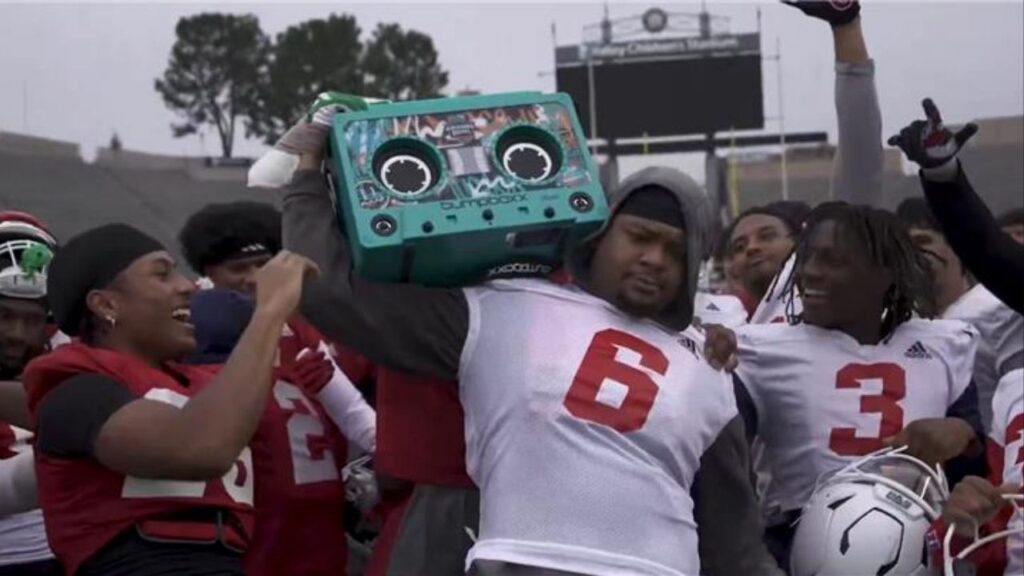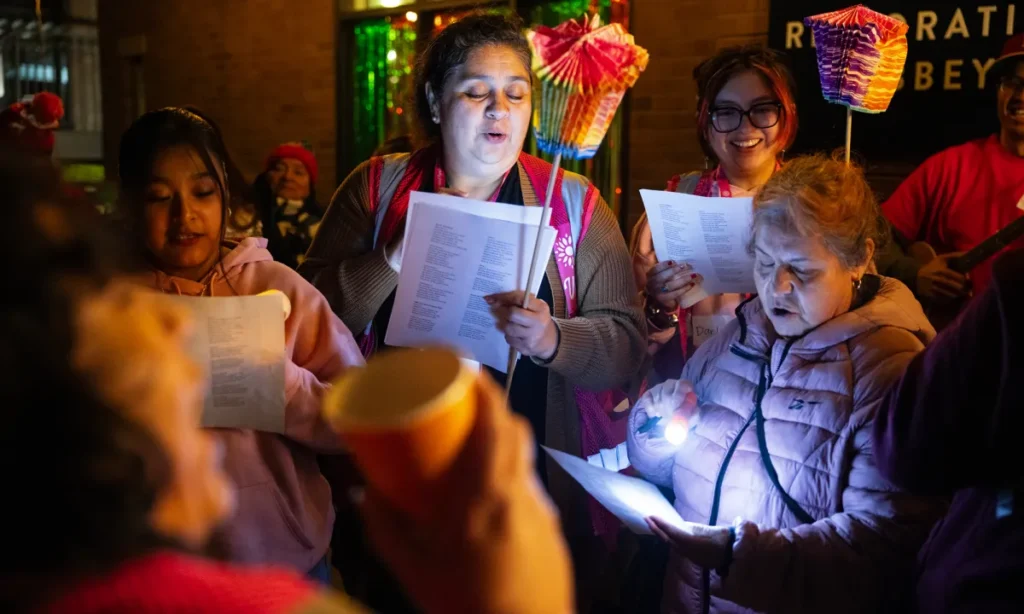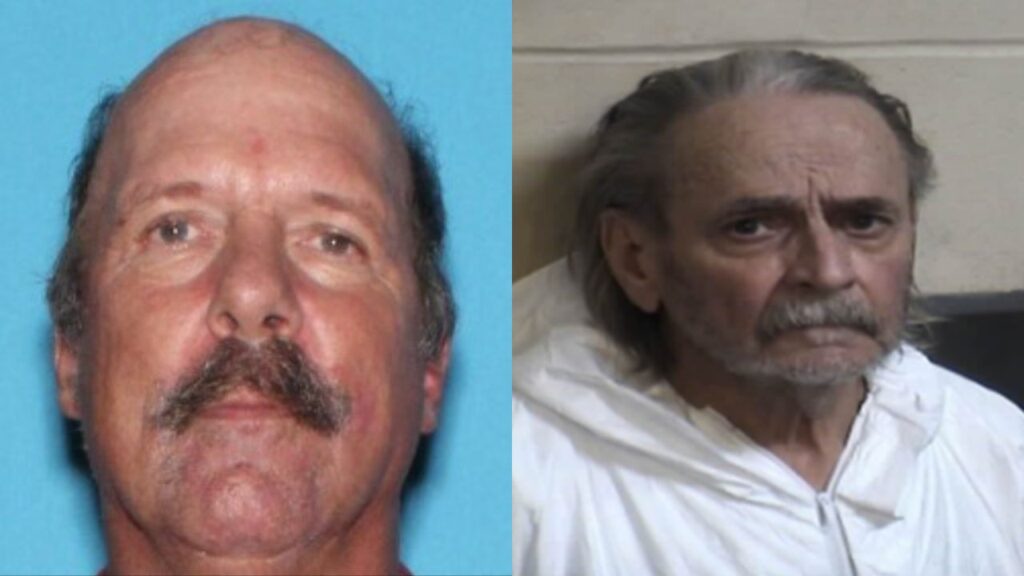Share
Exactly eight months ago to the day, Neal Browning became the second volunteer to receive Moderna’s experimental vaccine against the coronavirus. It was the first of two shots Browning would receive.
“I know for sure that everyone in our phase received the actual vaccine because phase one is mainly centered around how well the human body handles this, how safe it is,” says Browning. He was part of the first phase of development.
Moderna said Monday its experimental COVID-19 vaccine is proving highly effective in a major trial. The company said the vaccine appears to be 94.5% effective, based on preliminary data from their ongoing study.
“The fast pace of this is just incredible,” said Browning. “We may be able to actually get this injected into frontline workers, doctors, nurses, those people who are most exposed by the end of this year.”
Finish Line in Sight
The National Institutes of Health helped create the vaccine Moderna is manufacturing. The agency’s director, Dr. Francis Collins, said the preliminary reports from Moderna and Pfizer “gives us a lot of confidence that we’re on the path towards having effective vaccines.”
“We’re not to the finish line yet,” said Dr. James Cutrell, an infectious disease expert at UT Southwestern Medical Center in Dallas. “If there’s an impression or perception that there’s just a rubber stamp, or due diligence wasn’t done to look at the data, that could weaken public confidence.”
If the FDA allows emergency use of Moderna’s or Pfizer’s vaccine, healthcare workers and first responders could begin to be inoculated by the end of the year.
Side Effects
Browning says you cannot become infected with COVID-19 from the series of two vaccine shots because they contain what’s called ‘messenger RNA’.
RNA vaccines work by introducing an mRNA sequence (the molecule which tells cells what to build) which is coded for a disease-specific antigen. Once produced within the body, the antigen is recognized by the immune system, preparing it to fight the real thing.
“As far as what the effects are, definitely a sore arm, just like what you’d get with a flu shot,” says Browning. “A lot of people have reported that they got headaches, slight fevers and chills and fatigue after the second shot especially, and that those usually go away within eighteen to twenty hours.”
Moderna has confirmed that the primary side effects are fatigue, muscle aches and injection-site pain after the second dose.
“I would personally encourage anybody to take a less than one day headache and feeling under the weather versus not knowing how this could impact your life and give you pre-existing conditions for the rest of your life if you contract the actual virus,” said Browning.
Trial Results
Moderna’s vaccine is in an advanced stage of development and is being studied in 30,000 volunteers, who received either the real thing or a placebo. On Sunday, an independent monitoring board examined 95 COVID infections among trial participants that were recorded after the received their second shot. Only five of the COVID-19 illnesses occurred among people given the actual vaccine.
(The Associated Press contributed to this story.)



















